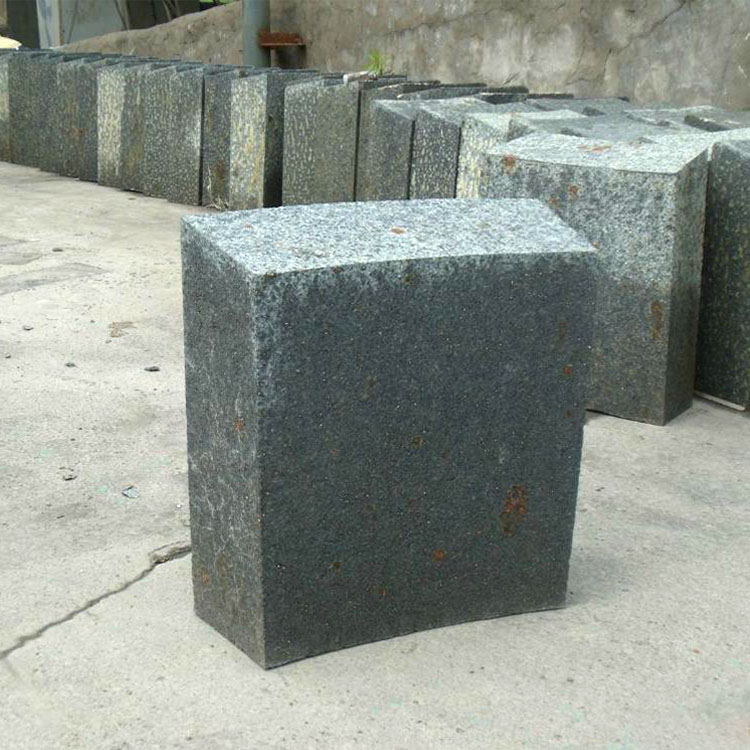
In the demanding environment of steelmaking, furnace linings face extreme thermal cycling—rapid heating and cooling that leads to structural fatigue, cracking, and premature failure. Traditional high-alumina bricks often struggle under these conditions, resulting in frequent maintenance and increased downtime. But what if a material could not only resist this stress but also extend lining life by up to 40%?
Red-bauxite-based refractory bricks—specifically those containing andalusite—are engineered at the molecular level for superior performance. Unlike conventional high-alumina bricks (Al₂O₃ ≥ 75%), andalusite bricks contain a unique crystal structure that transforms into mullite during firing. This phase change creates microcracks that absorb thermal shock energy rather than propagating it.
| Performance Metric | High-Alumina Brick | Andalusite Brick |
|---|---|---|
| Cold Crushing Strength (MPa) | ≥ 60 MPa | ≥ 75 MPa |
| Load Softening Temperature (°C) | ≥ 1550°C | ≥ 1650°C |
| Thermal Shock Resistance (ΔT, °C) | ≤ 600°C | ≥ 850°C |
These differences aren’t just academic—they translate directly into real-world benefits. For example, one Chinese steel mill reported a 35% reduction in annual refractory replacement costs after switching from standard high-alumina bricks to andalusite-based ones. Their average furnace campaign length increased from 18 months to 24 months without additional operational changes.
Steel producers worldwide are now prioritizing materials that offer both durability and cost efficiency—not just in new installations but in retrofits too. The key lies in understanding how microstructure affects macroperformance. Andalusite’s transformational behavior means less spalling, fewer hot spots, and more consistent heat transfer across the lining surface.
This isn't about replacing old with new—it's about optimizing existing systems with smarter chemistry. Whether you're managing a basic oxygen furnace or an electric arc furnace, adopting advanced refractories like andalusite can reduce unplanned outages by up to 25%, according to data from the International Refractories Association (IRA).

If your team is evaluating refractory options for next-generation furnace upgrades—or even planning preventive maintenance strategies—you’ll benefit from deeper insights into material science. That’s why we’ve compiled a detailed white paper on the latest research, case studies, and best practices in modern refractory selection.
Download Our Free White Paper: “Smart Refractory Selection for Modern Steel Plants”

